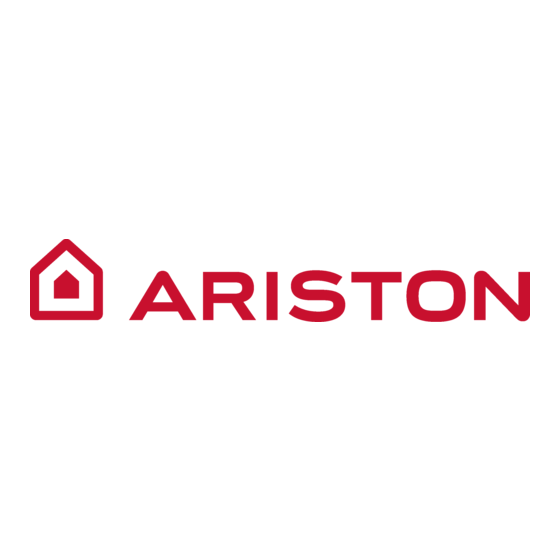Ariston AW 129 NA User Manual - Page 3
Browse online or download pdf User Manual for Washer Ariston AW 129 NA. Ariston AW 129 NA 23 pages. Washer ariston
Also for Ariston AW 129 NA: Brochure & Specs (8 pages), Repair Manual (22 pages)

Important Safety Instructions
Congratulations on your new Ariston washing machine. This is a highly sophisticated engineered product that
will give you many years of satisfaction. Please spend a few moments reading the Owner Manual. This will
show you ways to best utilize your valuable purchase
Your washing machine has been built in compliance with the strictest international
safety regulations, to protect you and all your family
To reduce the risk of fire, electrical shock, or injury to persons when using
your appliance, follow basic precautions, including the following:
1. Read all instructions before using the appliance.
2. Install and level the clothes washer on a floor that
can support the weight.
3. This appliance must be properly grounded. Never
plug the appliance cord into a receptable which is not
grounded adequately and in accordance with local and
national codes. See installation instructions for grounding
this appliance.
4. To avoid the possibility of fire or explosion:
- Do not wash articles that have been previously cleaned
in, washed in, soaked in, or spotted with gasoline, dry
cleaning solvents, other flammable, or exlosive
substances as they give off vapors that could ignite or
explode.
- Do not add gasoline, dry cleaning solvents, or other
flammable or explosive substances to the wash water.
These substances give off vapors that could ignite or
explode.
- Under certain conditions hydrogen gas may be
produced in a hot water system that has not been used
for 2 weeks or more. HYDROGEN GAS IS EXPLOSIVE.
If the hot water system has not been used for such a
period, before using a washing machine, turn on all hot
water faucets and let the water flow from each for
several minutes. This will release any accumulated
hydrogen gas. As the gas is flammable do not smoke
or use an open flame during this time.
- To reduce the risk of fire, clothes, cleaning rags, mop
heads and the like which have traces of any flammable
substances, such as vegetable oil, petroleum based
oils or distillates, waxes, fats, etc. must not be placed in
the washing machine. These items may contain some
flammable substances after laundering, which may
smoke or catch fire by itself.
5. Always be sure to unplug the washing machine
from the electrical supply before attempting any service.
6. Do not insert/pull out the mains plug with wet hands.
INTRODUCTION
Save these instructions
WARNING
7. Do not pull out the mains plug by tugging the cable.
To reduce the risk of fire or electrical shock, DO NOT use
an extension cord or an adapter to connect the washing
machine to the electrical power supply.
8. Caution when draining hot water.
9. The washing machine must only be used for its intended
purpose.
10. Make sure that all water connections to the washing
machine have shut-off valve(s) and that they are readily
accessible. Close the washing machine shut-off valve(s) at
the end of each wash day.
Check the fill hose connections on a regular basis to assure
that they are tight and not leaking.
11. Do not allow children to play on or in the appliance.
Close supervision of children is necessary when the
appliance is used near children.
12. Before the appliance is removed from service or
discarded, remove the door.
13. Do not reach into the appliance if the tub or drum is
moving.
14. Do not install or store this appliance where it will be
exposed to the weather.
15. Do not tamper with controls.
16. Do not repair or replace any part of the appliance or
attempt any servicing unless specifically recommended in
the user-maintenance instructions or in published user-repair
instructions that you understand and have the skills to carry
out.
17. Do not use fabric softeners or products to reduce static
unless recommended by the manufacturers of the fabric
softener product.
18. Do not machine wash fiberglass materials. Small
particles can stick to fabrics washed in following loads and
cause skin irritation.
19. Inlet hoses are subject to damage and deterioraton
over time. Check the hoses periodically for bulges, kinks,
cuts, wear or leaks and replace them every five years.
NA
